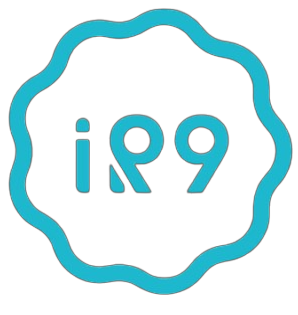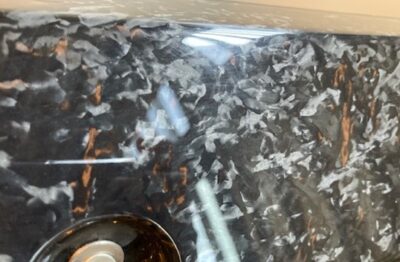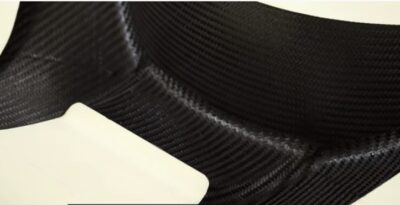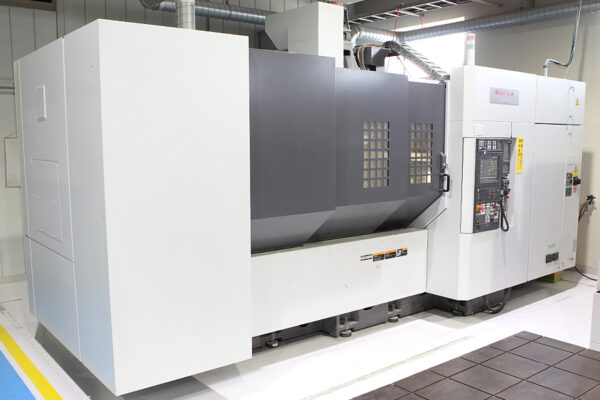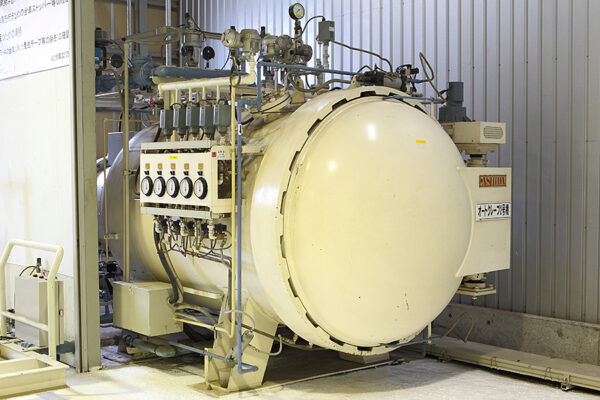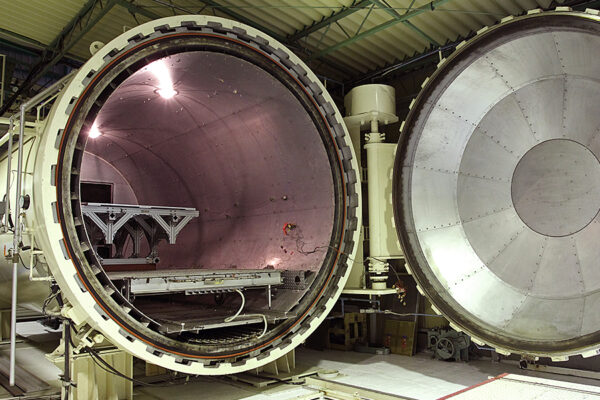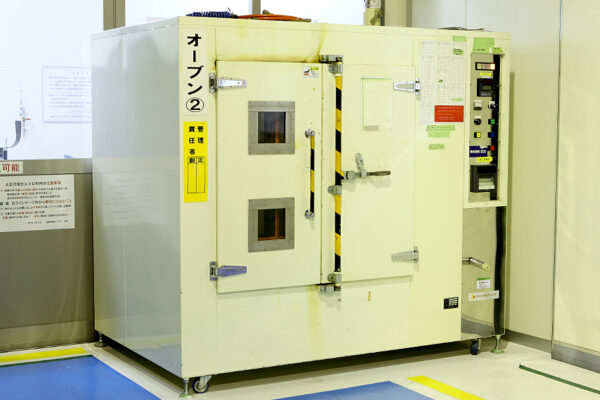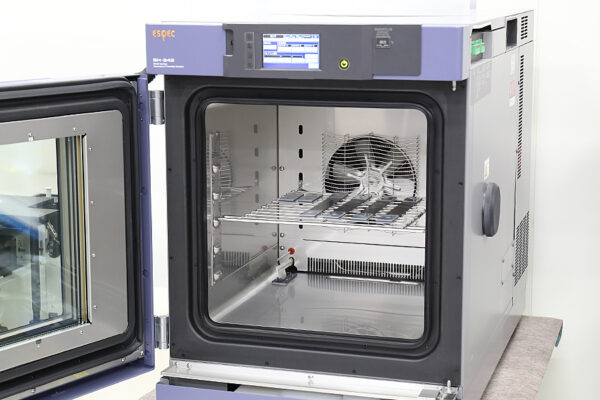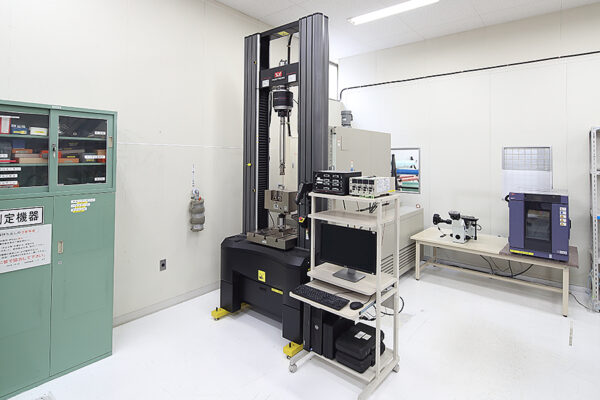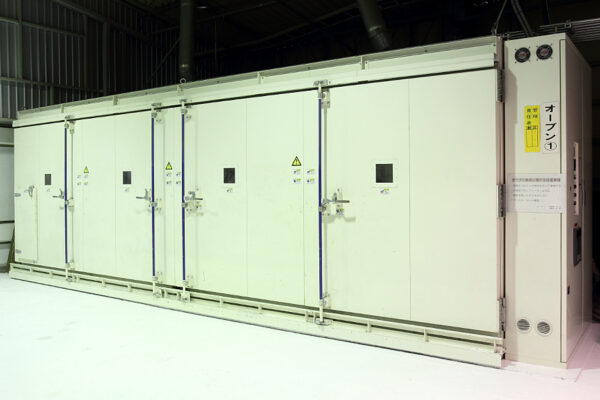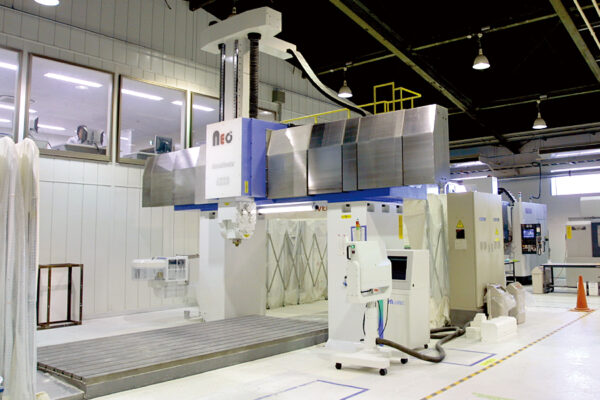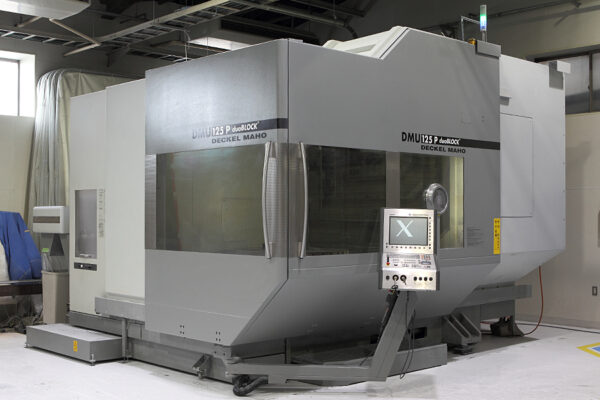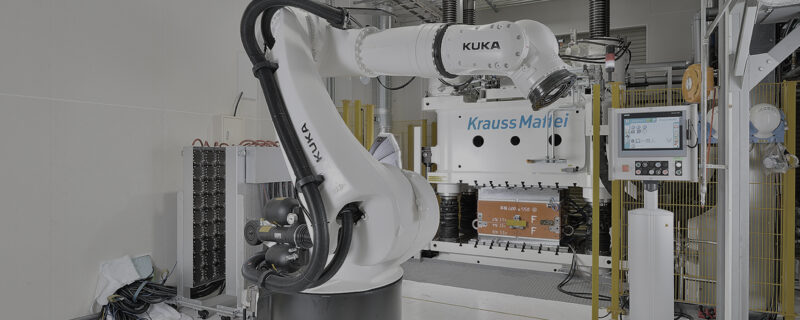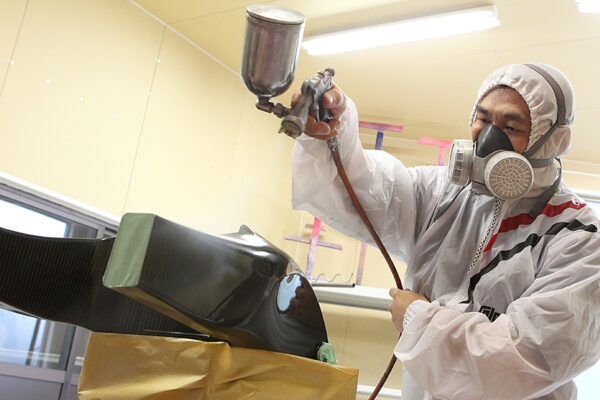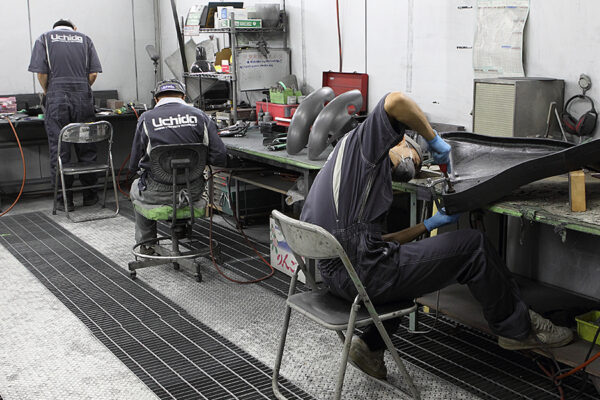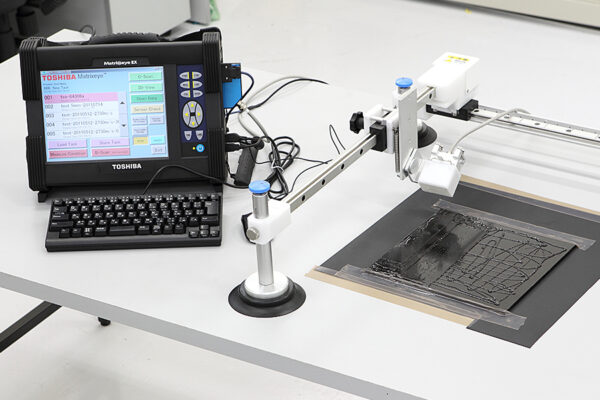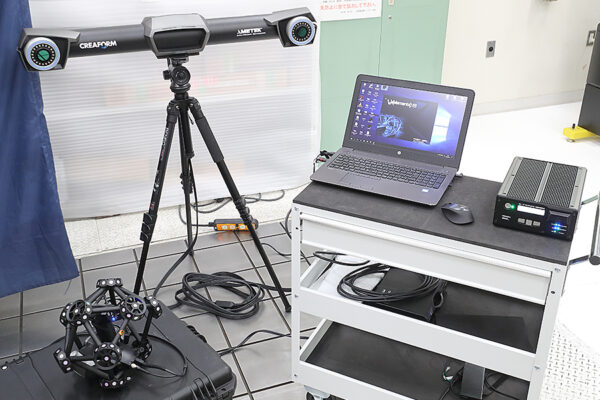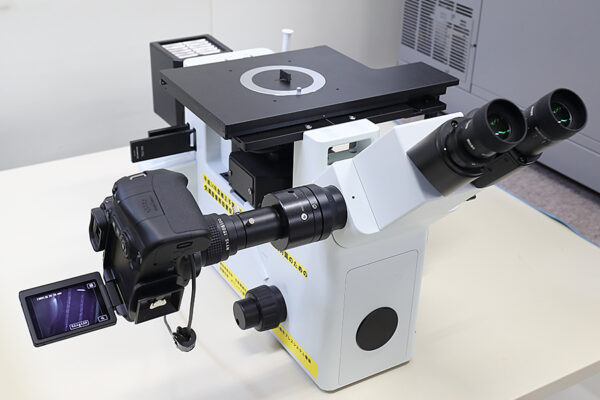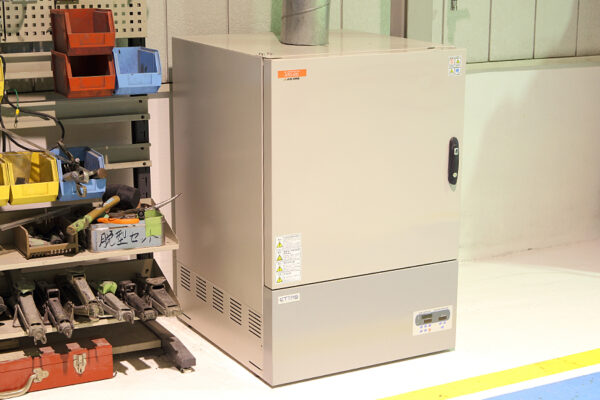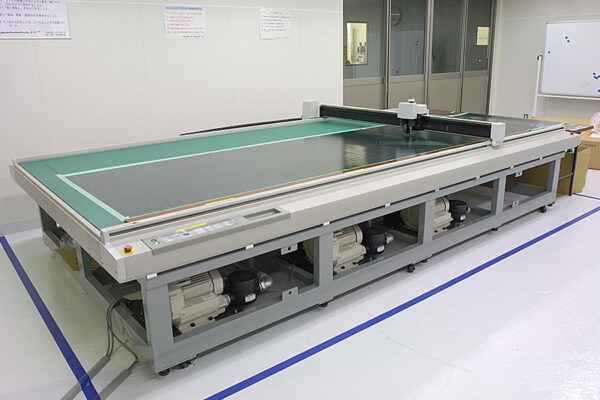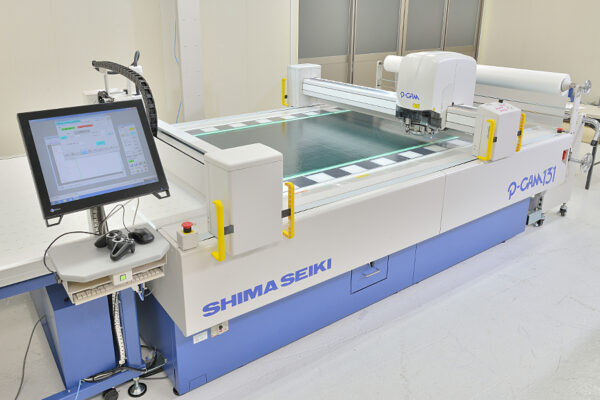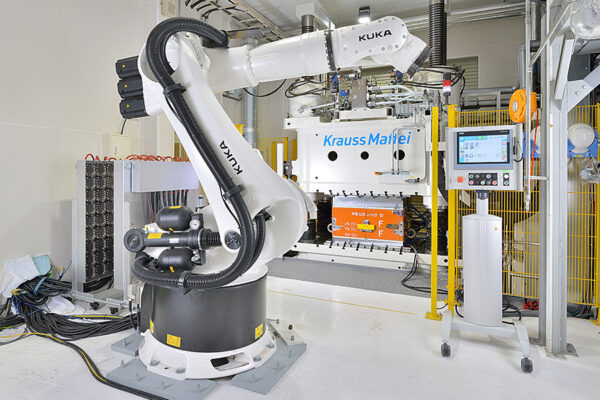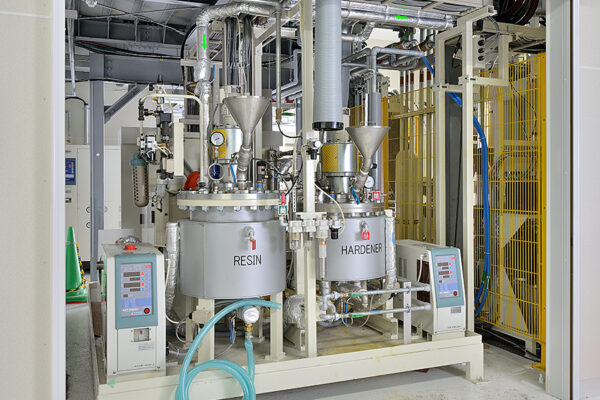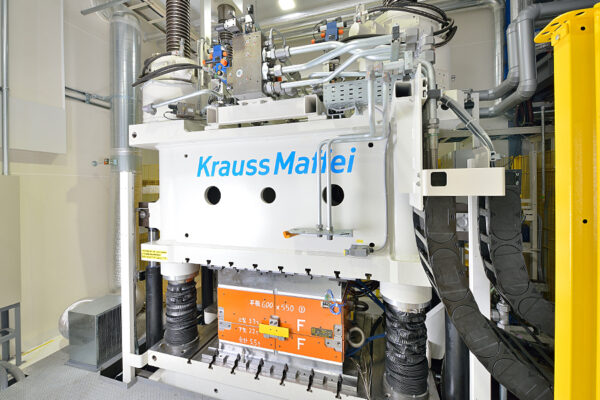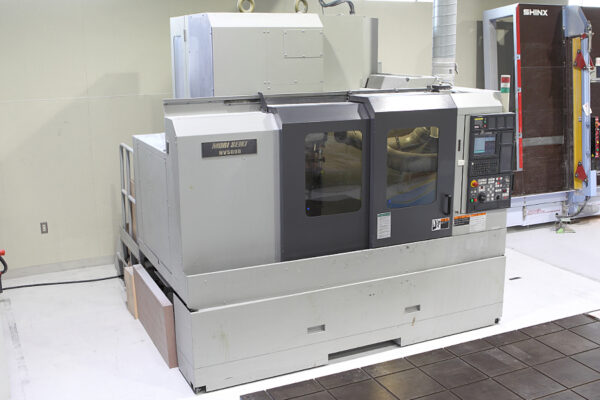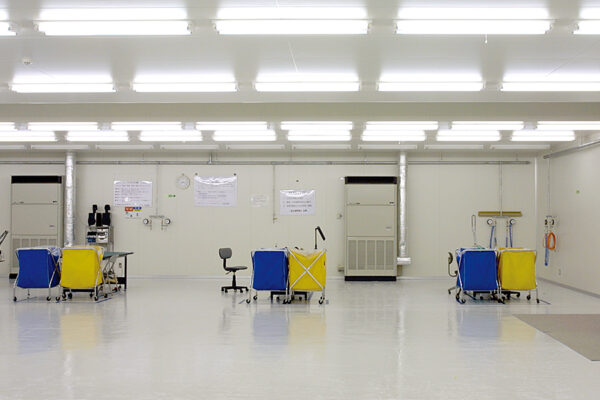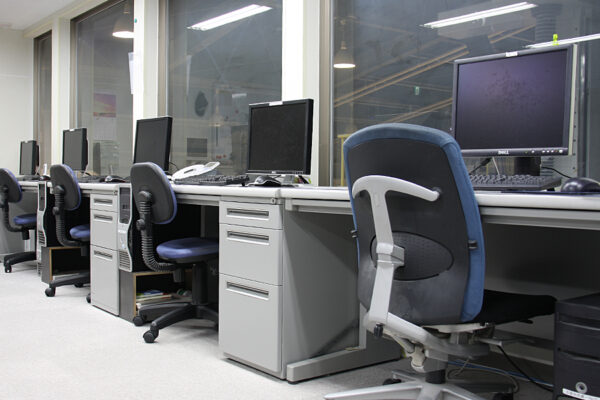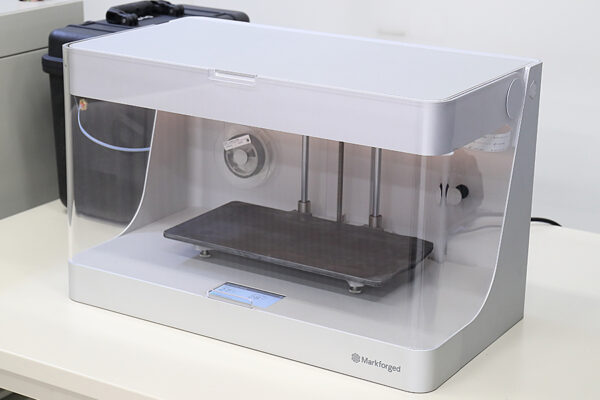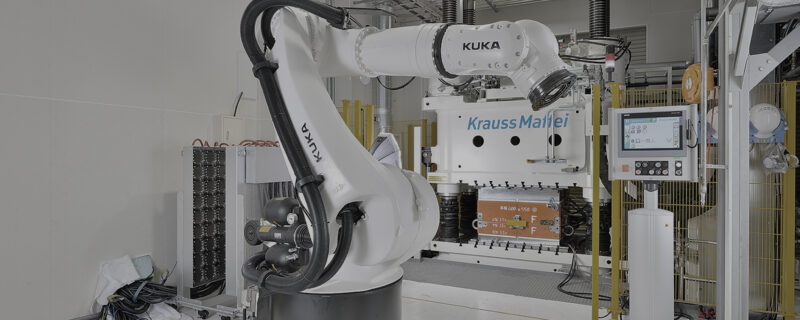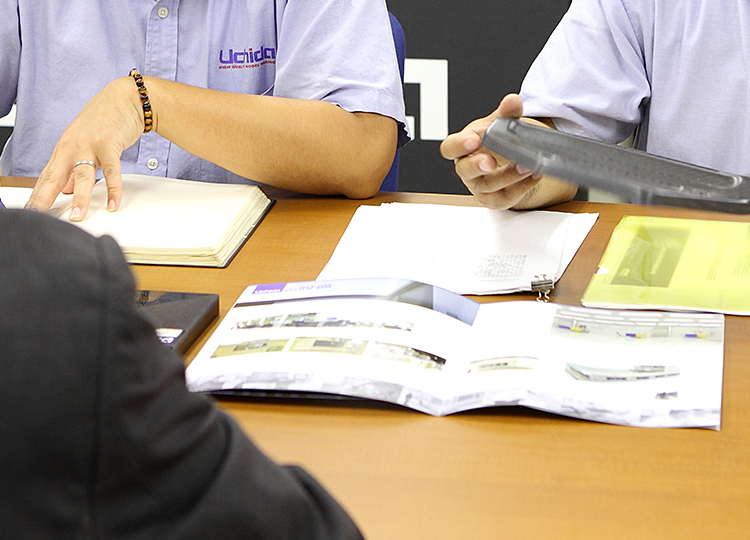Introduction
The terms carbon composite or CFRP have become buzzwords is recent years. CFRP is equated with being robust, lightweight, and expensive, but what exactly is this material and how can be utilized for productization and commercialization?
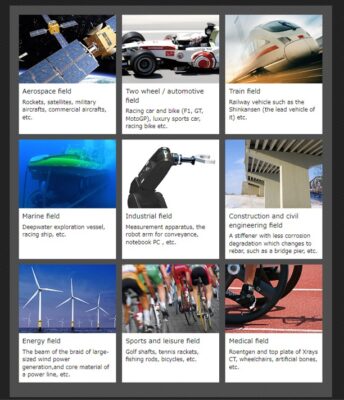
What is Carbon? Delving into CFRPs
While the term carbon fiber refers to thin strands of carbon, these fiber strands will not retain their form on their own. Thus, they are combined with a resin to retain the shape and maximize its distinct lightweight and strong characteristics.
Composite materials are substances composed of two or more constituents, such as carbon fiber and resin, to yield new functions. Carbon fiber reinforced plastic (CFRP) is the name given to a composite created from carbon fiber and resin.
The composite is named after the type of fiber employed. Carbon fiber composites are named carbon-fiber reinforced plastic (CFRP), glass fiber composites are referred to as GFRP, and aramid fiber composites are called AFRP.
Carbon Composite
A carbon composite is a composite material made using carbon fibers and is typically referred to as CFRP (Carbon Fiber Reinforced Plastic).
The distinctive “lightweight, strong, non-corrosive” qualities of advanced CFRP has opened doorways for leading-edge development in various fields, such as aviation, satellites, automobiles, and sporting and leisure equipment industries. Unlike metals and other isotropic materials, with CFRP, the strength is determined by the orientation of the carbon fibers (anisotropic) and therefore necessitates product-specific material design. The high degree of design versatility, in terms of resin and carbon-fiber constitution and arrangement, means that is volatile and difficult-to-handle without expert technical knowledge of the material and its properties.
Challenges
Despite its numerous merits, CFRP is still succumbs to various challenges in productivity and cost-efficiency. These include the need for molds, high material costs, and complex production processes.
CFRP Molding Methods
Before delving into CFRP processing, let’s first look at molding methods. There is a wide variety of CFRP molding methods which are selected according to the desired application, shape/form, and production lot.
Autoclave Molding
RTM (Resin Transfer Molding)
Va-RTM (Vacuum Assisted Resin Transfer Molding)
Press Molding
Hand Lay-up Molding
Filament Winding Molding
Sheet Winding Molding
Pultrusion
3D Printer
At Uchida, we use the fabrication methods shown in red.
Autoclave Molding Method: The Hallmark of High-quality CFRP Product Manufacturing
Despite the extensive range of molding methods, autoclave molding remains the hallmark method for design versatility and high-quality CFRP fabrication. High-quality CFRP created using the autoclave molding method is known as dry carbon. This method is suitable for prototyping and small-lot production as it does not require expensive metal molds. The diagram below illustrates the production process of CFRP products using the autoclave molding method.
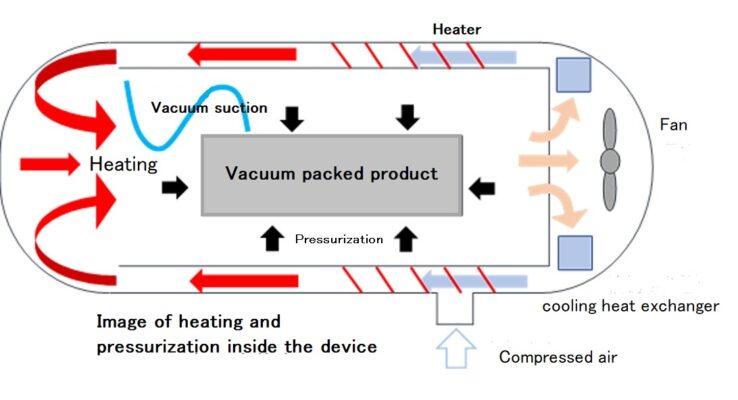
Key Points to Keep in Mind When Handling CFRP
CFRP is an Anisotropic Material
Anisotropic materials such as CFRP are direction-dependent, meaning that its tensile strength is determined by the orientation of the carbon fibers. Unlike metals and isotropic materials which have uniform strength in all direction, CFRP therefore demands specialized material design, knowledge, and lamination techniques to achieve the required strength in the right orientation/direction.
Multiple Molding Methods & Manufacturing Processes
As a recap, CFRP can be fabricated using a multitude of methods. At Uchida, we select the optimal method for the project according to product material and shape/form, production lot, delivery time, and Vf (fiber content in volume).
Special Processes
Autoclave molding is the dominant method used for CFRP molding. This method employs 0.08 to 0.2mm ultra-thin sheets of resin pre-impregnated carbon fibers (prepregs) which are layered sheet-by-sheet into a laminate stack. After molding, there is no way to visually check for foreign contaminates or voids which may have formed between the sheets. Such processes are referred to as “special processes.” While internal defects can be verified with non-destructive inspection, strict process and quality control at each stage of manufacturing is vital to success.
YAOKI Laminate01
Summary
This issue discusses CFRP and carbon composite molding. Applications for carbon composite—CFRP—are expanding into diverse fields from “flying objects,” where weight reduction is pivotal, to automobiles, sports, and leisure industries. Despite these advancements, the lack of available information on manufacturing costs and methods makes CFRP feel like a high hurdle to overcome for many people. The key to success in CFRP is consulting with manufacturer that has a proven track record and is well-versed in CFRP and its unique characteristics.
Related useful contents
You can explore related content by clicking on a topic of interest.
ABOUT UCHIDA - 55 years since our founding
We leverage a wealth of technical expertise as a CFRP molding and processing manufacturer using FRP, GFRP, and CFRP materials. We offer a one-stop solution, encompassing design, analysis, manufacturing, secondary processing, assembly, painting, quality assurance, and testing.
UCHIDA's equipment
We have cutting-edge equipment to ensure that we can address even the most advanced challenges of our customers.
Video Library
In the following video, we provide a detailed overview of our manufacturing process. Please feel free to watch and learn more.

